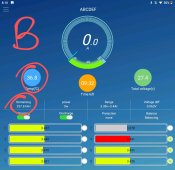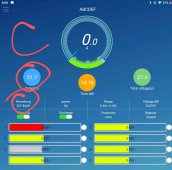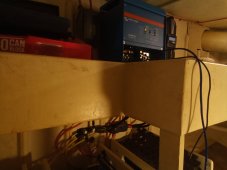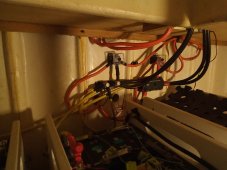Simi 60
New Member
- Joined
- Jul 10, 2021
- Messages
- 159
Have 3 seperate eve 280 24v batts installed.
All matched and batched
All top balanced
All cell terminals cleaned, noaloxed and torqued
All cables the same size.
2 batteries seem identical or near enough
But one (A) draws less when under load and has more go in when under charge and the imbalance at charge end is slightly higher than others.
Thoughts?
And anything to be to concerned about?
Add: screenshot taken while still plugged into shore power
Temps dropped a bit when unplugged.
All matched and batched
All top balanced
All cell terminals cleaned, noaloxed and torqued
All cables the same size.
2 batteries seem identical or near enough
But one (A) draws less when under load and has more go in when under charge and the imbalance at charge end is slightly higher than others.
Thoughts?
And anything to be to concerned about?
Add: screenshot taken while still plugged into shore power
Temps dropped a bit when unplugged.










